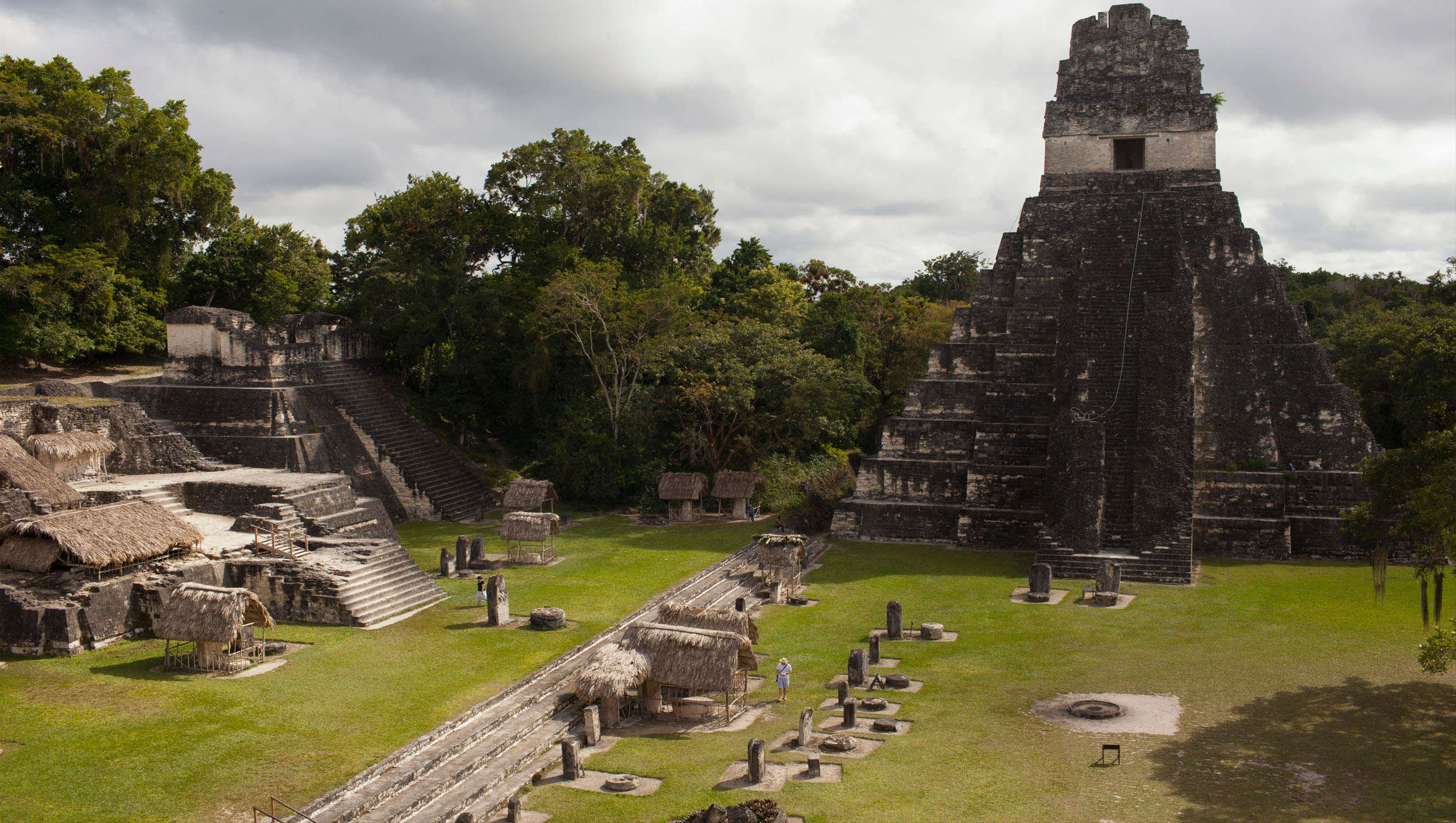Create a free profile to get unlimited access to exclusive videos, sweepstakes, and more!
Ancient Mayan city's highly toxic water proves pollution isn’t just a modern phenomenon

Pollution seems to have been a problem only since it spiked during the industrial revolution — and while that definitely happened, smoke-belching trains and factories weren't the first things to contaminate our surroundings.
Tikal was a lavish city populated by the ancient Maya. Its mysterious abandonment led to questions that would echo across time for years. Why would such a rich and culturally advanced civilization just vanish without an epidemic or an invasion? What was lurking beneath the gleaming surface of Tikal? Now biologist David Lentz and his interdisciplinary team of scientists have finally found out at least one answer — its reservoirs were full of mercury and toxic cyanobacteria. Even stranger is that the Maya unknowingly brought this on themselves.
Those fantastically painted buildings and monuments (painted red to signify the east) had a dark side. Red was also the color of war and initiation. Mercury in cinnabar, the saturated red pigment used for everything from murals to funeral rites, would leach into the water during rainstorms. Did the Maya ever suspect their own grand displays were making them sick?
“Hard to say,” Lentz tells SYFY WIRE. “The Maya used it to paint their buildings and covered the corpses of elite burials with it. Also, the Maya made offerings of liquid mercury in certain circumstances. They were aware that the people who mined the cinnabar had health issues but the mercury contamination in the water may have gone undetected.”
Maybe illness was blamed on exposure to the mines themselves; nobody really knows. Mercury vapors from mines where minerals with a high mercury content are plentiful can do permanent damage (which is why scientists on an underground expedition in the grave of a Mayan king needed to wear masks). So much as breathing in mercury vapor can cause brain damage or possibly fatal pneumonitis. Ingesting it can have the same effects, along with negative effects on the kidneys and intestinal lining. It didn’t help that the Maya would hold ceremonies with the mummies of past kings as if they were still among the living, because the red pigment they were covered in could actually bring death.
Tikal’s reservoirs were originally built to collect rainwater in case of a drought later on. The irony is that they became so toxic that it was completely undrinkable. Lentz and his team, who who recently published a study in Scientific Reports, think the water would have ended up as a blue-green cesspool of mercury and cyanobacteria, a type of algae that produces liver toxins and neurotoxins.
“The cyanobacteria was probably brought in by birds, but the Maya created the perfect soup for the cyanos by adding organic waste to the reservoir. When droughts of 9th century hit there was no way to clean out reservoirs,” Lentz said.
What remained of Mayan trash heaps was examined further and proved that years and years of dumping organic waste in the reservoirs attracted cyanobacteria. The further out you moved from the city center, the less pollution there was. Some reservoirs on the fringe of Tikal were found to have had much lower concentrations of mercury and cyanobacteria. While the Maya had no modern advances that degraded the ozone layer, this is just more evidence that wherever there are people, there is going to be pollution of some sort. The mystery of what happened to the people was easily figured out by the scientists from there.
“They either died or moved to areas with permanent water sources,” Lentz says.
If ancient people could inflict so much harm upon themselves without even being aware of what they were doing, we should really think about our own impact. Poison is poison.















